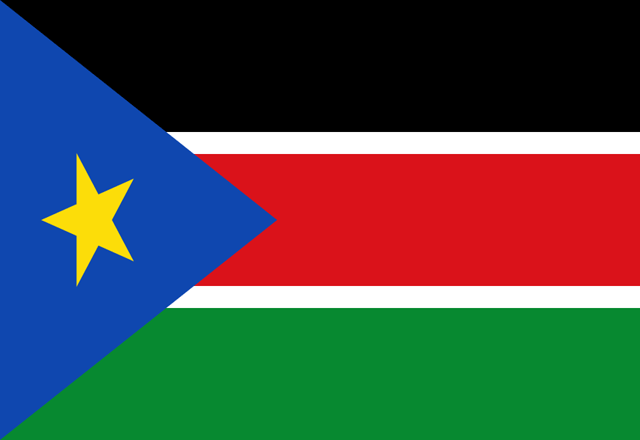South Sudan has a different place in the geography of the world. There are many such things in this country that separate this country from other countries such as language, living style, dress, culture, religion, business. Let us know about some such unique facts related to the country of South Sudan and important events related to history, knowing which your knowledge will increase.
South Sudan Country Quick General Knowledge
| Country | South Sudan |
| Capital | Juba |
| Currency | South Sudanese pound |
| Continent | Africa |
| Group | African Union |
| Constitution | July 9, 2011 |
| National Anthem of Country | South Sudan Oyee! |
Read Also: Name of the country, their capital and currency List
- South Sudan is officially called the Republic of South Sudan, a landlocked country in the northeast of Africa.
- South Sudan is bordered by the Republic of Sudan to the north, Ethiopia to the east, Kenya to the southeast, Uganda to the south, Democratic Republic of Congo to the southwest and Central African Republic to the west.
- South Sudan was separated from the Republic of Sudan by referendum on 9 July 2011, in this referendum, a large number of people (98.83% of the total vote) cast their vote and separated themselves from the Republic of Sudan.
- South Sudan has a tropical climate, which has a similar climate that is due to high humidity and large amounts of rain after the dry season.
- The total area of South Sudan is 619,745 sq km. (239,285 sq mi).
- English is the official language of South Sudan.
- The name of the currency of South Sudan is South Sudanese Pound.
- According to the World Bank, the total population of South Sudan was 1.22 million in 2016.
- The religion of most people in South Sudan is Christian.
- The highest mountain in South Sudan is Mount Kinyeti, which has a height of 3,187 meters.
- The longest river of South Sudan is the Nile River, which is the second largest river in the world, it has a length of 4,258 miles.
- The national animal of South Sudan is the eagle.
- The national bird of South Sudan is the African Fish Eagle.
- On 15 December 2013 in South Sudan, the planetary war started which is still going on.
- 09 July 2011 - The Sudan of Africa split into two. The southern part became the Republic of South Sudan.
- 09 July 2011 - South Sudan declared independence and separated from Sudan. It is a landlock country located in northeastern Africa. Juba is the largest city in the country and also its capital. Nowadays the country is going through civil war and political change.
- 08 October 2011 - For refugees, the United Nations High Commissioner opened a new refugee camp in Western Ethiopia for refugees of Sudan and South Sudan.
- 25 December 2013 - The Pope Francis gives his Urbi et orbi speech (for the city and world of Rome), a Pope address and the apostolic blessings dating back to ancient Rome; The Pope called for peace in Syria and South Sudan.
- 23 July 2013 - The entire government of South Sudan, which includes its vice -president, Reich Machar, was fired by the President of South Sudan, Salwa Keer Mayardit.
Definition of international border: L = Land Border | M = Maritime Border
South Sudan FAQs:
The capital of South Sudan is Juba.
The currency of South Sudan is South Sudanese pound.
South Sudan is the part of Africa continent.
The languages spoken in South Sudan are English, Arabic, Dinka, Nuer, Zande.
The national anthem of South Sudan is "South Sudan Oyee!".
South Sudan country part of the African Union like large International groups.
South Sudan country founded on July 9, 2011.

